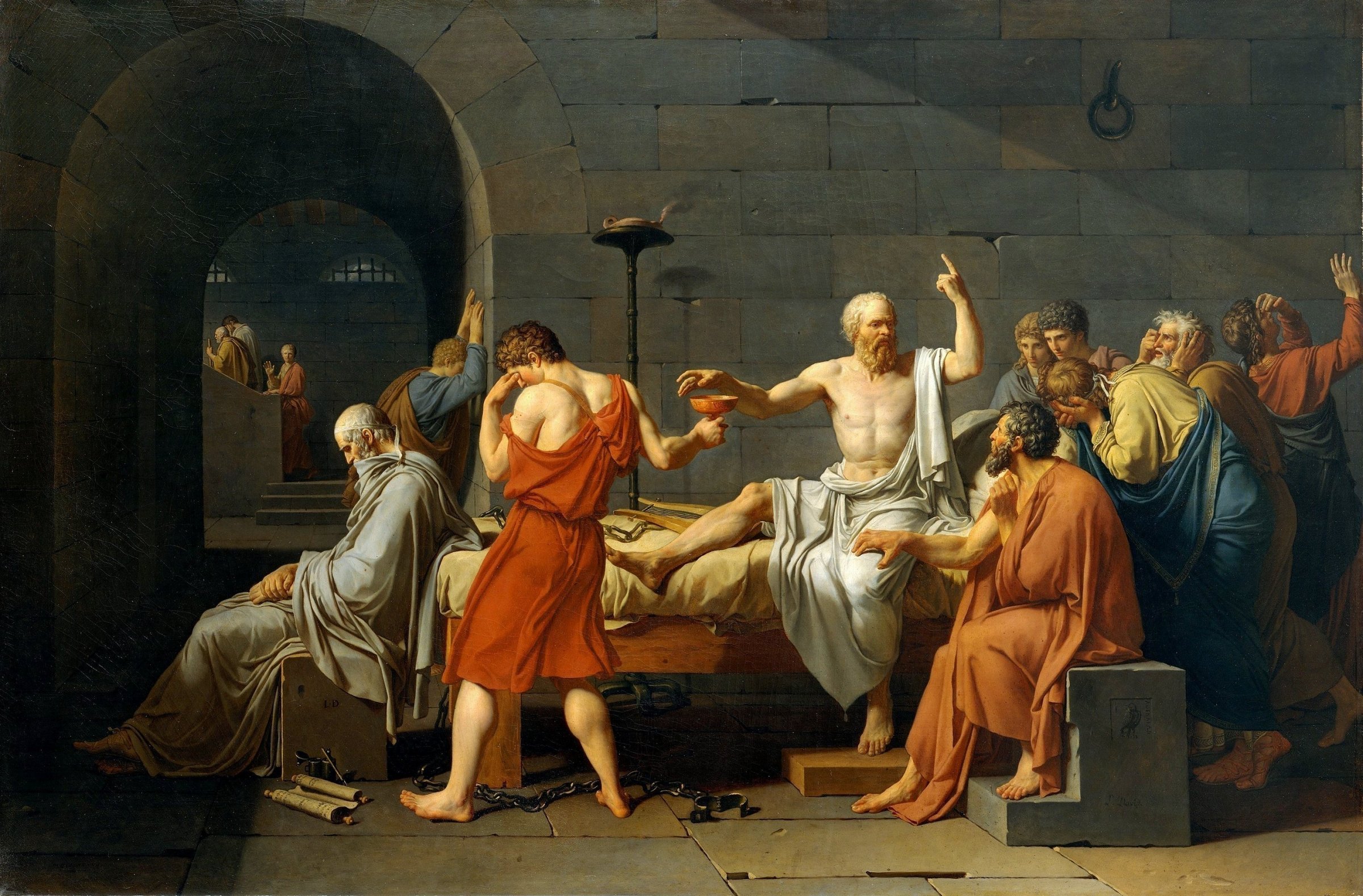
With the value of college continually coming into question, the National Association of Colleges and Employers (NACE) conducts an annual survey that tracks the first places American college students work after they graduate.
Traditional liberal arts majors saw the biggest jump in average starting salary for 2015 of all bachelor's degree recipients.
Foreign-language majors saw the biggest jump of the group at 27.3% — from $33,705 in 2014 to $38,537 in 2015, according to NACE figures.
Area studies, which includes majors such as Latin American studies, increased 26.4%, to $43,524; history increased 14.3%, to $38,936; and English increased 13.6%, to $38,125.
While this was only the second year the survey was conducted, it includes 273 schools and 381,000 students, making it the most comprehensive study of bachelor's degree outcomes available. The average starting salary for all new bachelor's degree recipients is $50,219.
The average salary calculation included any employees with full-time work as of six months after graduation, including freelance and contract workers.
Even with the average salary increases, however, liberal arts majors still fall far below the average starting salary. That fact doesn't escape many politicians when they give speeches on student loan debt.
"Before you take out $40,000 or $50,000 in student loans, you deserve to be told how much you can expect to make when you graduate with that degree so you can decide whether it's worth borrowing $40,000 to be a Greek philosophy major," Sen. Marco Rubio said in a speech in 2015. "The market for Greek philosophers is tight."
Indeed, liberal arts majors have yet to catch up to more lucrative math and science majors that typically pay well, even at the entry level.
Computer science majors have the top average starting salary at $69,214. Engineering came in second at $63,764, and mathematics is third at $58,554.
Meanwhile, student loan debt in the US continues to skyrocket. At $1.3 trillion, it exceeds car loans and credit card debt figures.
And between 1995 and 2015, the average sticker price for tuition at private colleges increased 179%, compared with an inflation increase of 55.1% over the same period, according to US News & World Report. At public universities, in-state tuition jumped 296%.
Now more than ever, students must choose their college majors carefully and consider the future earning power of their chosen degrees.




